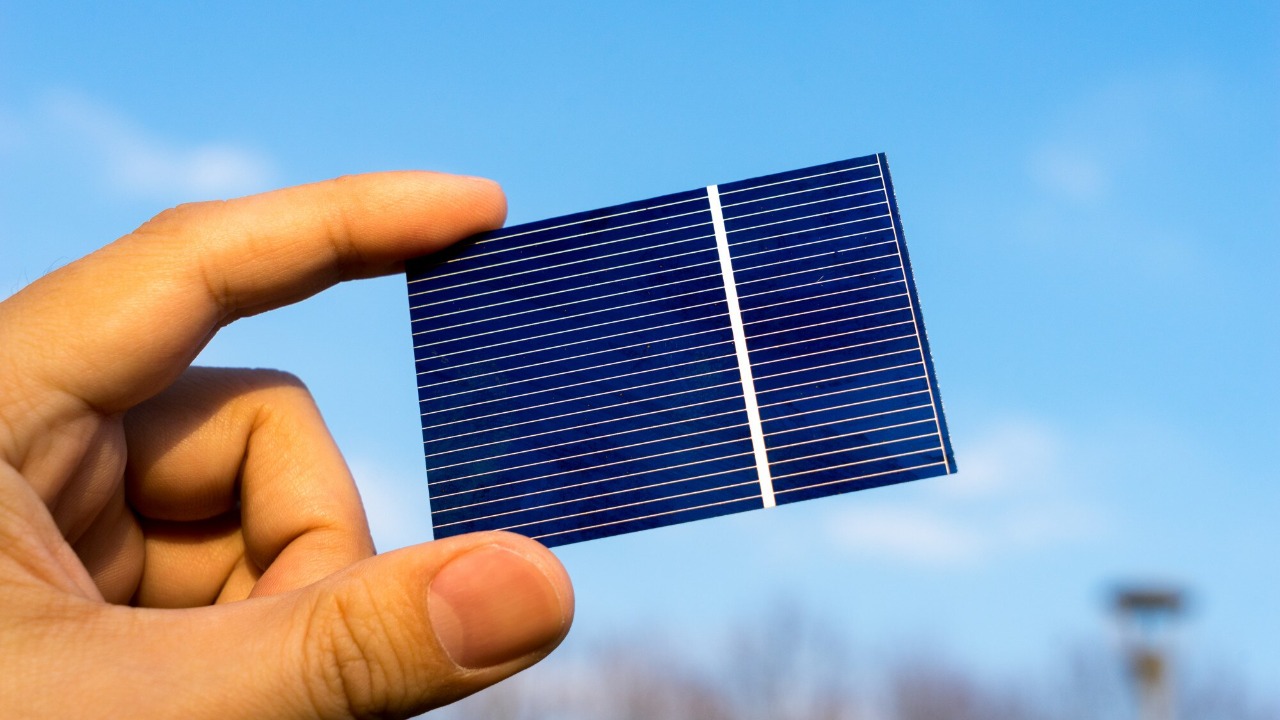
In a significant advancement for solar technology, researchers have developed a record-setting perovskite solar cell. This breakthrough cell can endure 200 operational cycles while retaining 95% of its initial power output, addressing longstanding stability issues in perovskite materials and potentially accelerating their commercial adoption for renewable energy applications.
Understanding Perovskite Solar Cells

Perovskite solar cells are composed of hybrid organic-inorganic materials, a structure that enables high efficiency compared to traditional silicon-based cells. This unique composition allows them to convert sunlight into electricity with remarkable effectiveness, a feature that has drawn significant attention in the field of renewable energy. The efficiency of perovskite solar cells has seen a rapid rise since their initial lab demonstrations, reaching record levels in recent years.
One of the key advantages of perovskite solar cells is their low-cost production. Unlike silicon-based cells, perovskites can be manufactured using solution processes at relatively low temperatures, reducing production costs. Additionally, their flexibility in manufacturing allows for the creation of lightweight, flexible solar cells, opening up new possibilities for solar energy applications.
The Record-Setting Durability Milestone
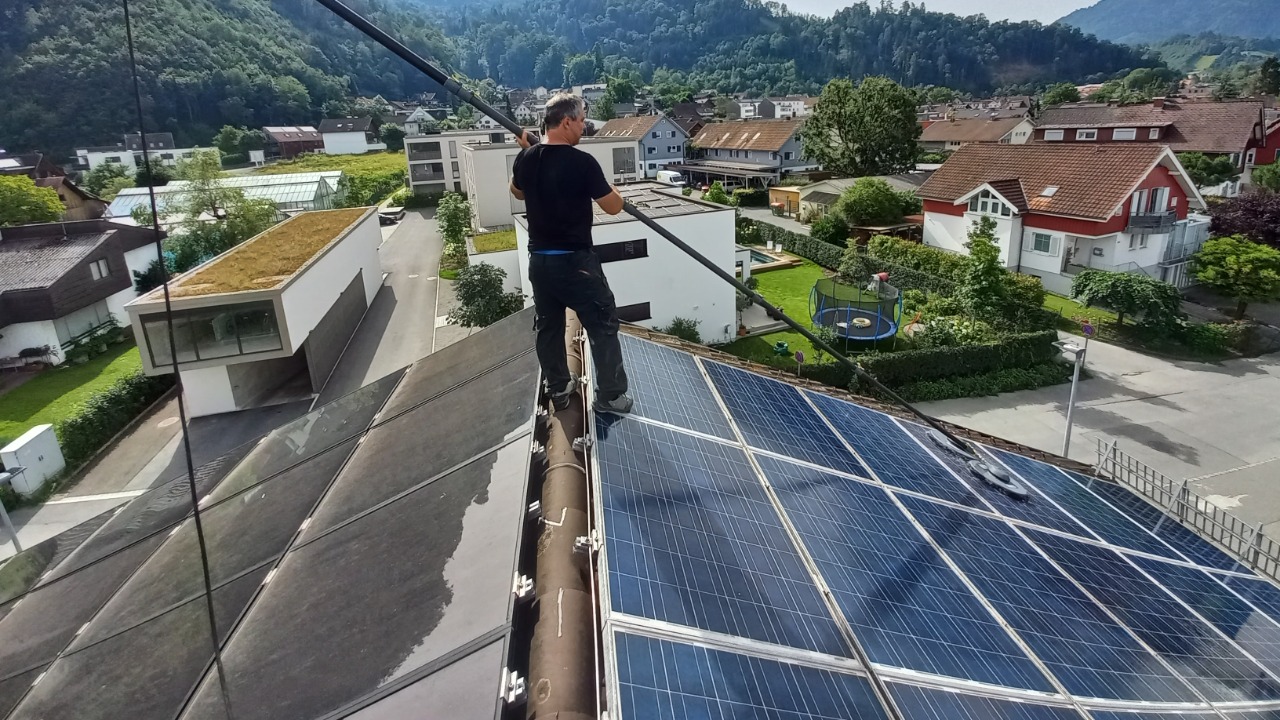
The new perovskite solar cell’s achievement of enduring 200 cycles with 95% power retention marks a significant milestone in solar technology. This level of stability far exceeds previous benchmarks, addressing one of the primary challenges in the commercialization of perovskite solar cells. The 200 cycles were conducted under testing conditions designed to mimic real-world use, including exposure to environmental factors such as temperature fluctuations and humidity.
Innovations in Cell Design
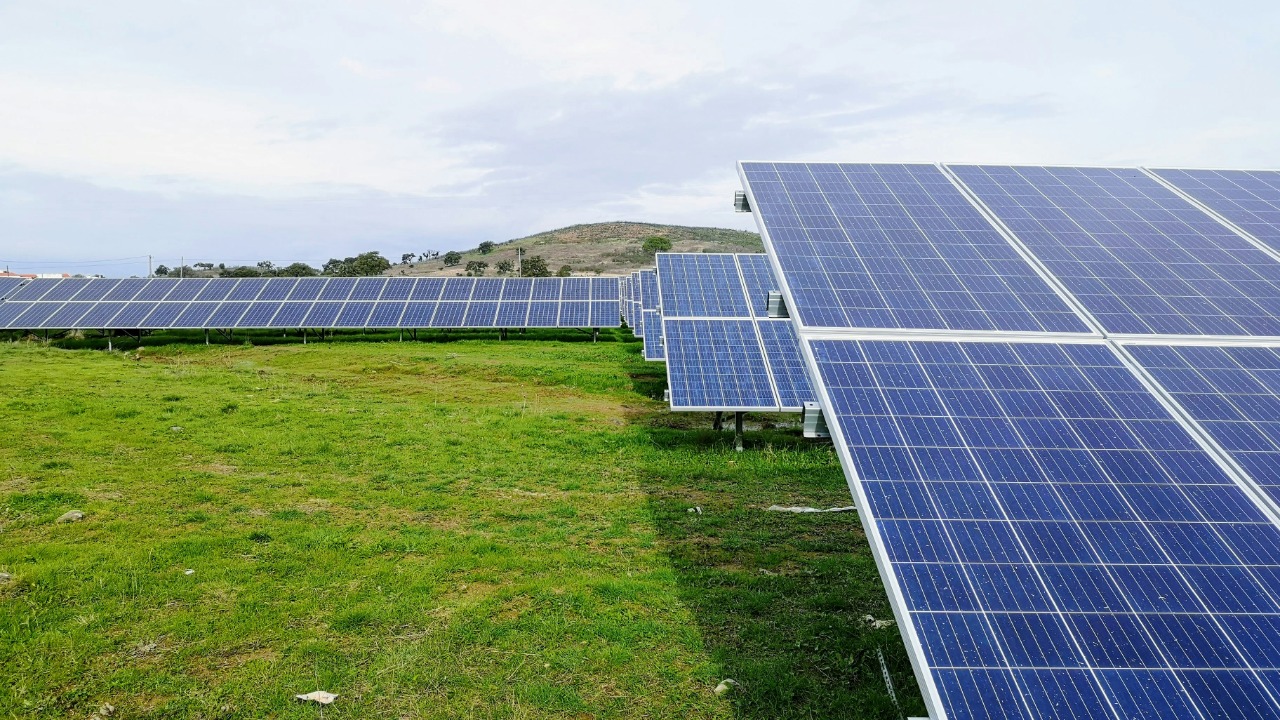
The enhanced endurance of the perovskite solar cell can be attributed to specific material modifications and layering techniques. These elements prevent degradation over cycles, ensuring the cell’s longevity. Additionally, the use of encapsulation or protective coatings plays a crucial role in maintaining 95% power retention after 200 cycles. These coatings protect the cell from environmental factors that could otherwise lead to degradation.
Alongside durability, the cell also demonstrated impressive efficiency metrics. The power conversion rates, which measure the cell’s ability to convert sunlight into electricity, were preserved during testing, further attesting to the cell’s robust performance.
Testing Protocols and Results
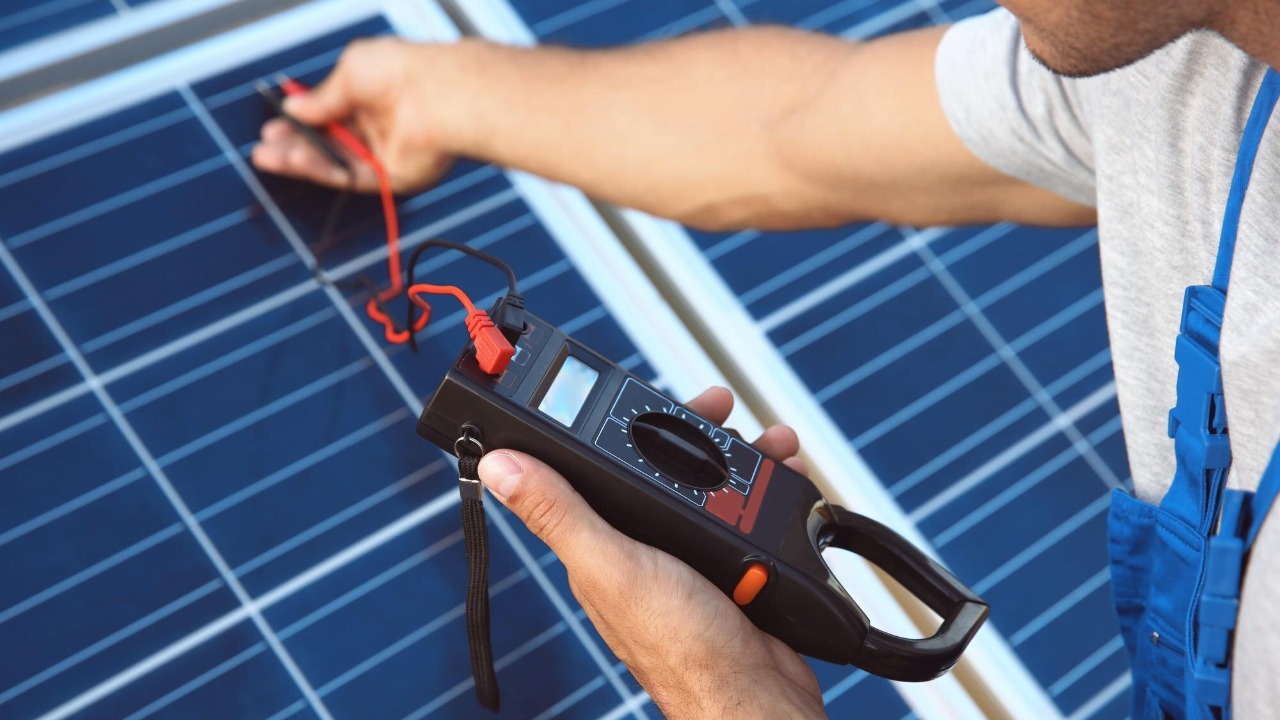
The standardized cycle testing process involves exposing the cell to cycles of light exposure and operational stress, simulating the conditions a solar cell would face in real-world use. Over the course of the 200 cycles, the cell showed minimal degradation, retaining 95% of its initial power output. This performance significantly exceeds industry standards for solar cell longevity, marking a major step forward for perovskite solar technology.
Implications for Solar Energy Adoption
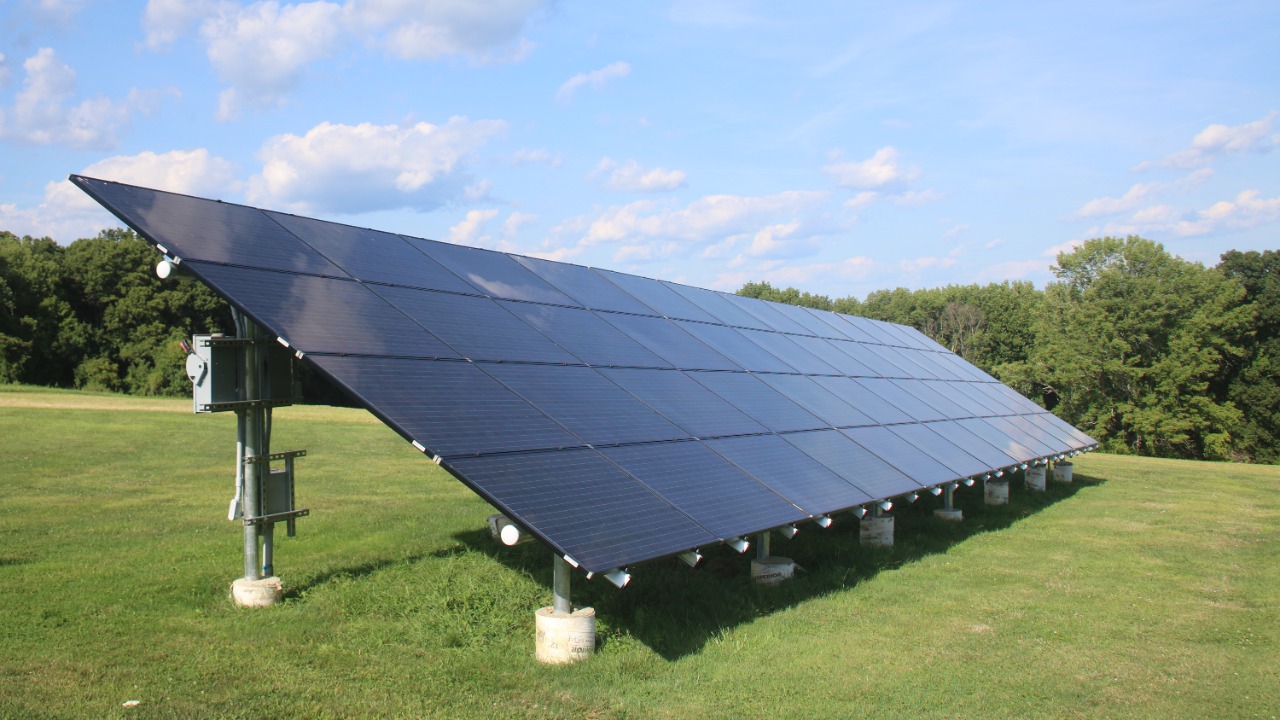
The 200-cycle endurance with 95% retention could significantly reduce long-term costs in large-scale solar deployments. By maintaining high power output over a greater number of cycles, the lifetime of solar installations could be extended, leading to cost savings over time. This durability could also enable new applications in residential, commercial, or portable solar systems, expanding the potential uses of solar energy.
Challenges Remaining in Perovskite Technology
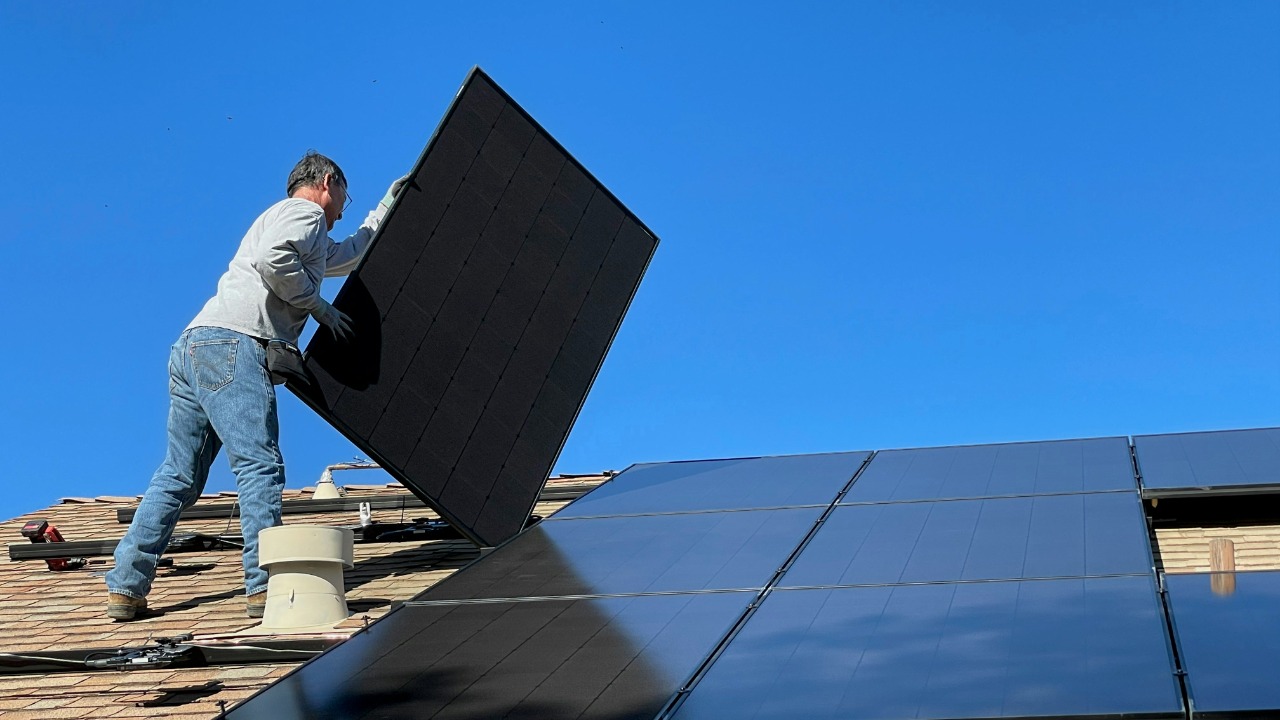
Despite these promising results, challenges remain in the development of perovskite solar technology. One of these is the scalability of the technology beyond lab settings. Achieving 200-cycle performance in a controlled lab environment is one thing, but replicating this performance in large-scale, real-world applications is another. Additionally, there are environmental and toxicity concerns with perovskite materials that must be resolved for widespread adoption. These issues include the potential leaching of lead from perovskite cells, which could pose environmental risks.
Future Directions and Research Outlook
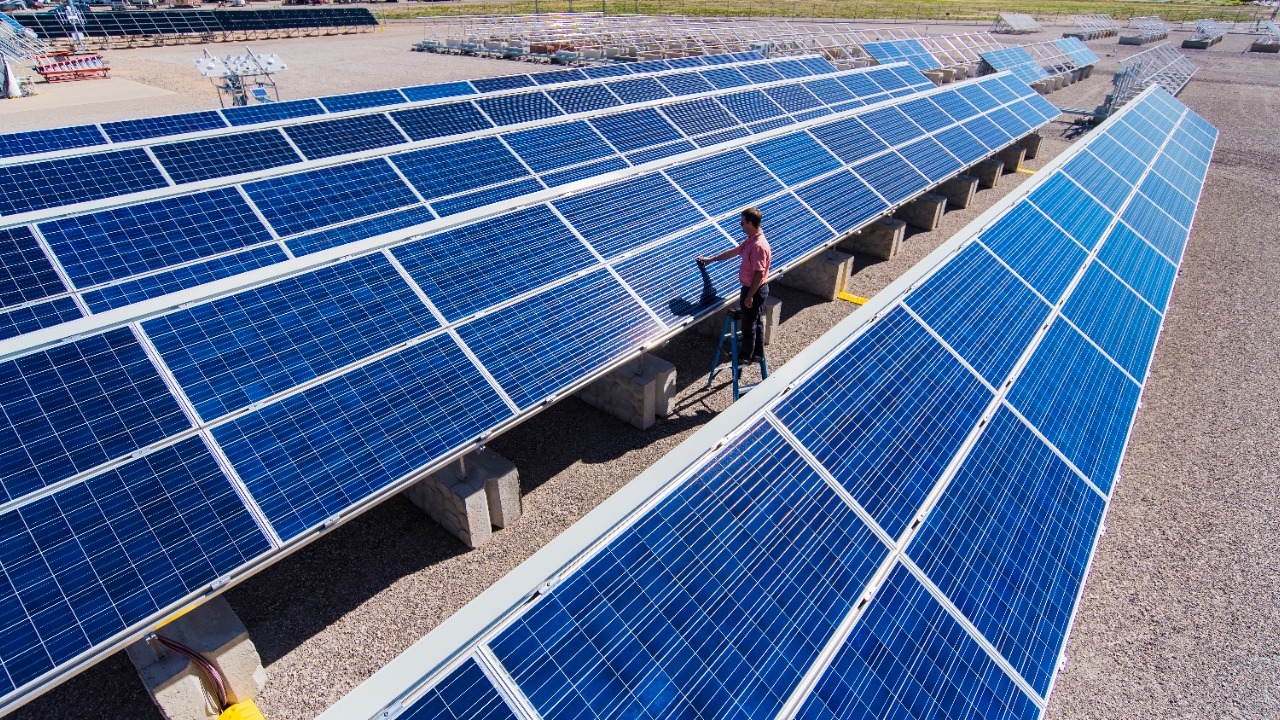
Looking ahead, the next steps in perovskite solar cell research could involve extending the cell’s endurance beyond 200 cycles or integrating the cells with tandem cell designs to further enhance efficiency. Collaborative efforts and funding could accelerate the commercialization of this record-setting cell, bringing the benefits of perovskite solar technology to a wider audience.
With its impressive durability and efficiency, the record-setting perovskite solar cell represents a significant advancement in solar technology. As researchers continue to address the remaining challenges, the future of perovskite solar cells looks bright indeed.